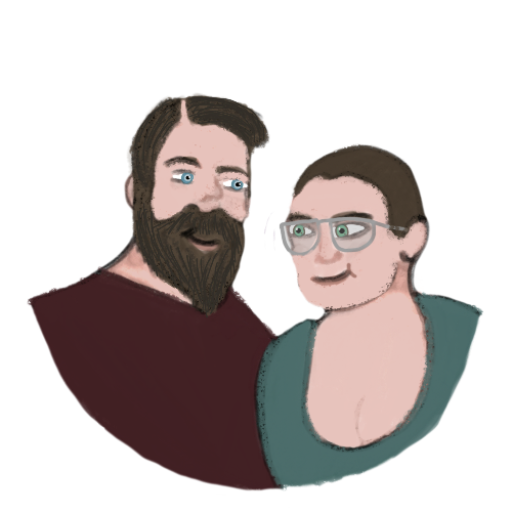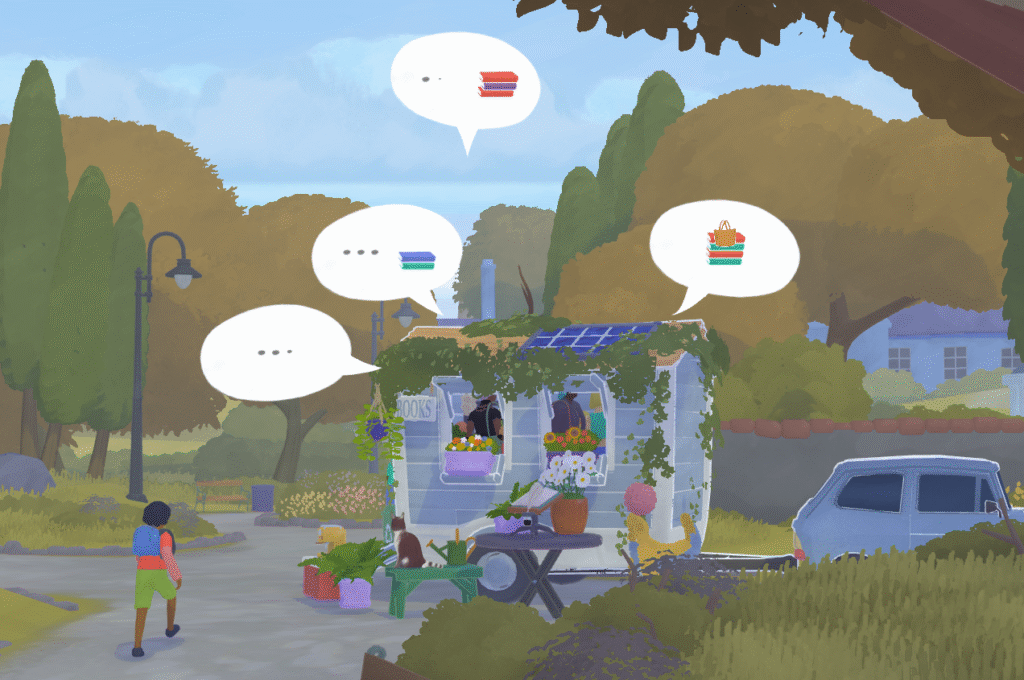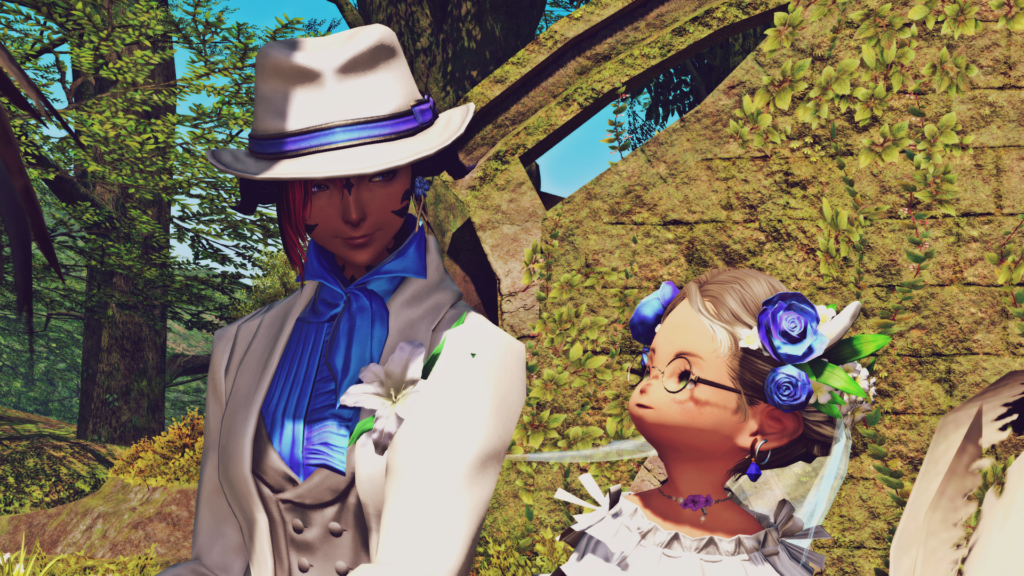Sayonara Wild Hearts is a testament to the power of collaboration between various artistic disciplines within the video game industry.
It is a non-zero amount of time that I spend per week thinking about the 2019 video game Sayonara Wild Hearts. It’s a pulsating neon symphony, a blend of rhythm game and interactive music video that takes you on a self-affirming odyssey. I think about this game quite often – for a few reasons too. In my opinion this video game was the cutting edge of producing something new in a world full of AAA FPS that dominate the mainstream minds. In SWH, you play as a heartbroken person, navigating a dreamscape fueled by pop anthems and dazzling visuals. The gameplay itself is refreshingly unique. Forget button mashing; here, success hinges on flowing with the music. Dodging obstacles, collecting hearts, and performing stylish jumps all become part of the rhythmic dance.
As I stated previously, this perfect gaming combination wouldn’t be possible without the seamless integration of several key artistic skills:
- Game Designers: Magnus “Gordon” Gardebäck, along with Annapurna Interactive and Simnogo publishers, crafted the core mechanics to ensure the gameplay seamlessly integrated with the music – leaving the player feeling exhilarating.
- Composers: The heart-thumping soundtrack isn’t just background music; it’s the driving force. The composers, Daniel Olsén and Jonathan Eng, created music that guides the player’s actions and evokes emotions. In Sayonara Wild Hearts, the music tells the story alongside the visuals.
- Artists: The game is a visual feast. Stunning visuals, with their neon color palette and dreamlike landscapes, complement the music and gameplay. Every element, from character design to environmental details, contributes to the overall emotional impact.
- Storytellers: While the narrative unfolds cryptically through lyrics and visuals, Sayonara Wild Hearts’ heartbreak narrative unfolds through cryptic lyrics and stunning visuals, leaving room for your own interpretation of self-discovery and confrontation of your vulnerabilities while reveling in the rush of the music. It’s use of symbolism and minimalist dialogue (and the voice narration of Queen Latifah) allows players to connect their own experiences to the heartbreak theme.
- Replayability: I am not a video game completionist, and this game keeps me coming back to challenge myself in it. I still haven’t fully completed all the extras, and I am ok with this. It feels like something complete in its incompletion – the excuse to return will be there.
Despite its critical acclaim and awards nominations (including Best Game and Best Score), Sayonara Wild Hearts ultimately has yet to win many accolades for their art. This is a fact that physically pains me to this day when I think about how much SWH is an all-time favorite of mine.
In a world saturated with sequels and predictable mechanics, Sayonara Wild Hearts dared to be different. I am a glad that I was able to witness it’s moment in time and can still show it off with confidence to this day to others that may have not seen it. It’s a testament to the power of artistic expression in games, a genre-bending masterpiece that deserves recognition. This exhilarating experience will leave you humming the soundtrack long after the credits roll.




